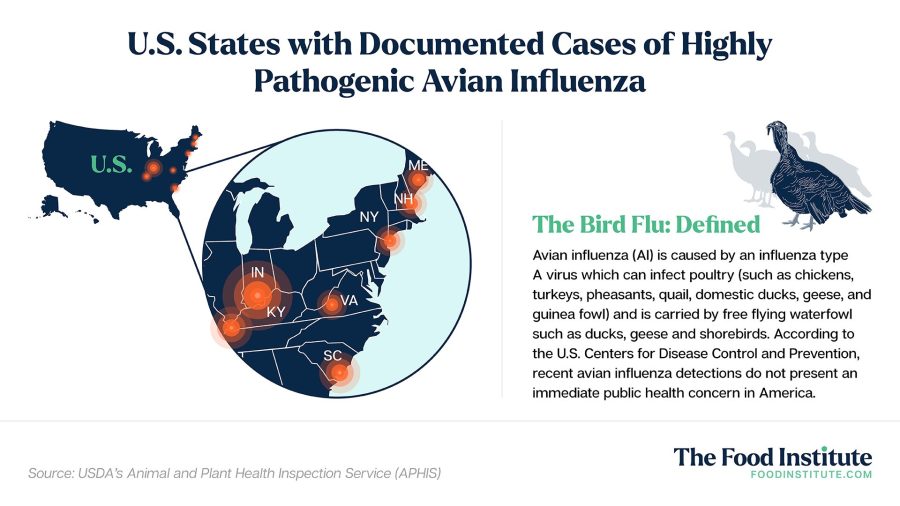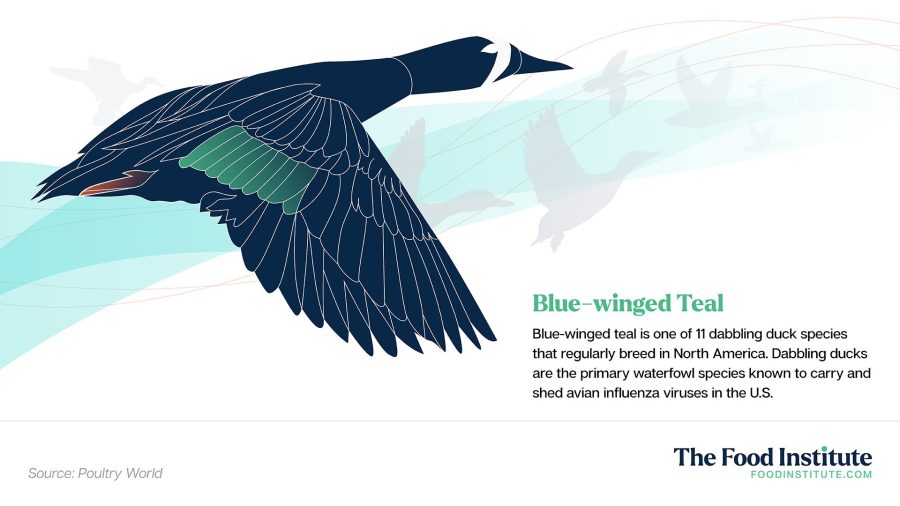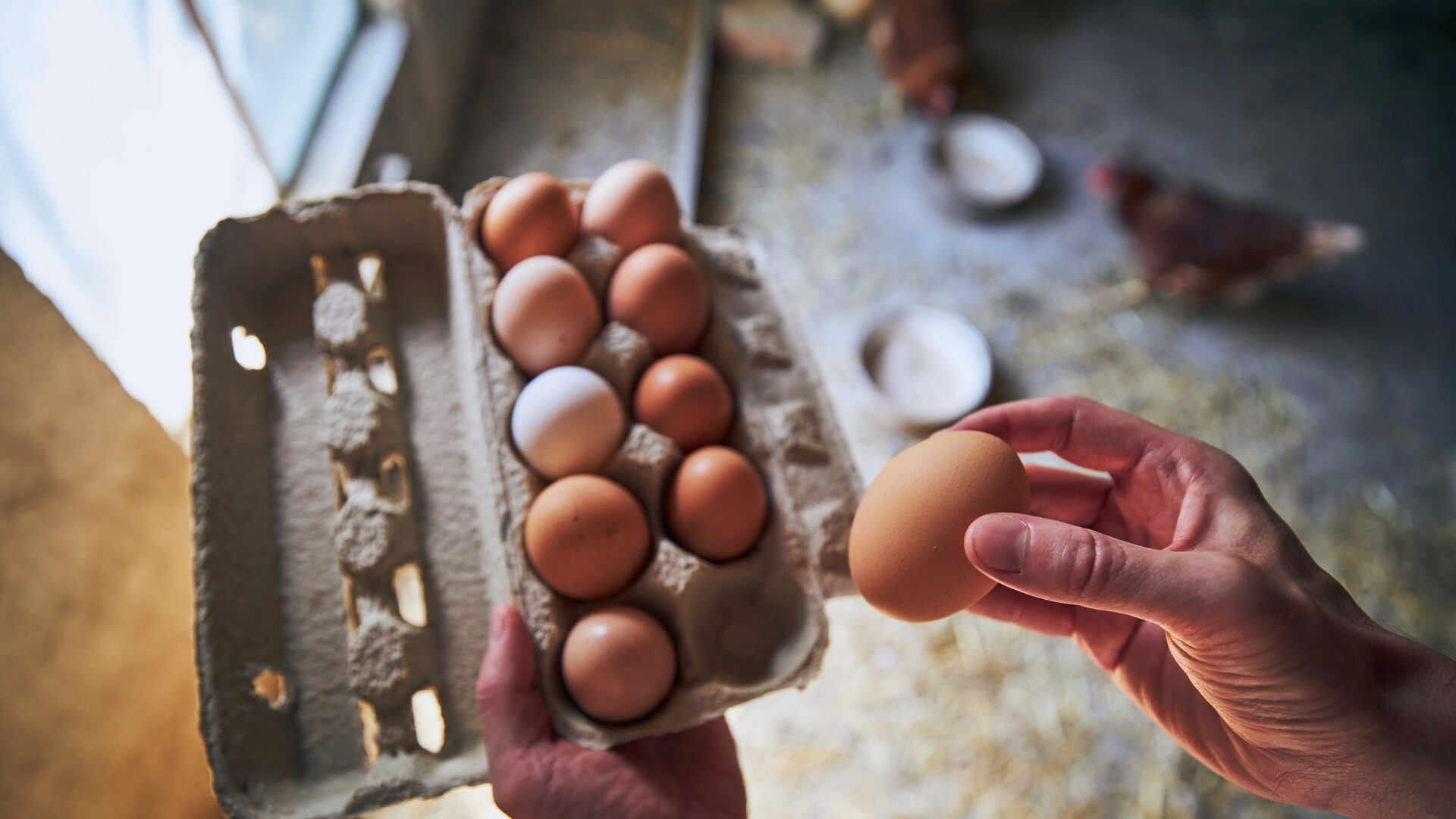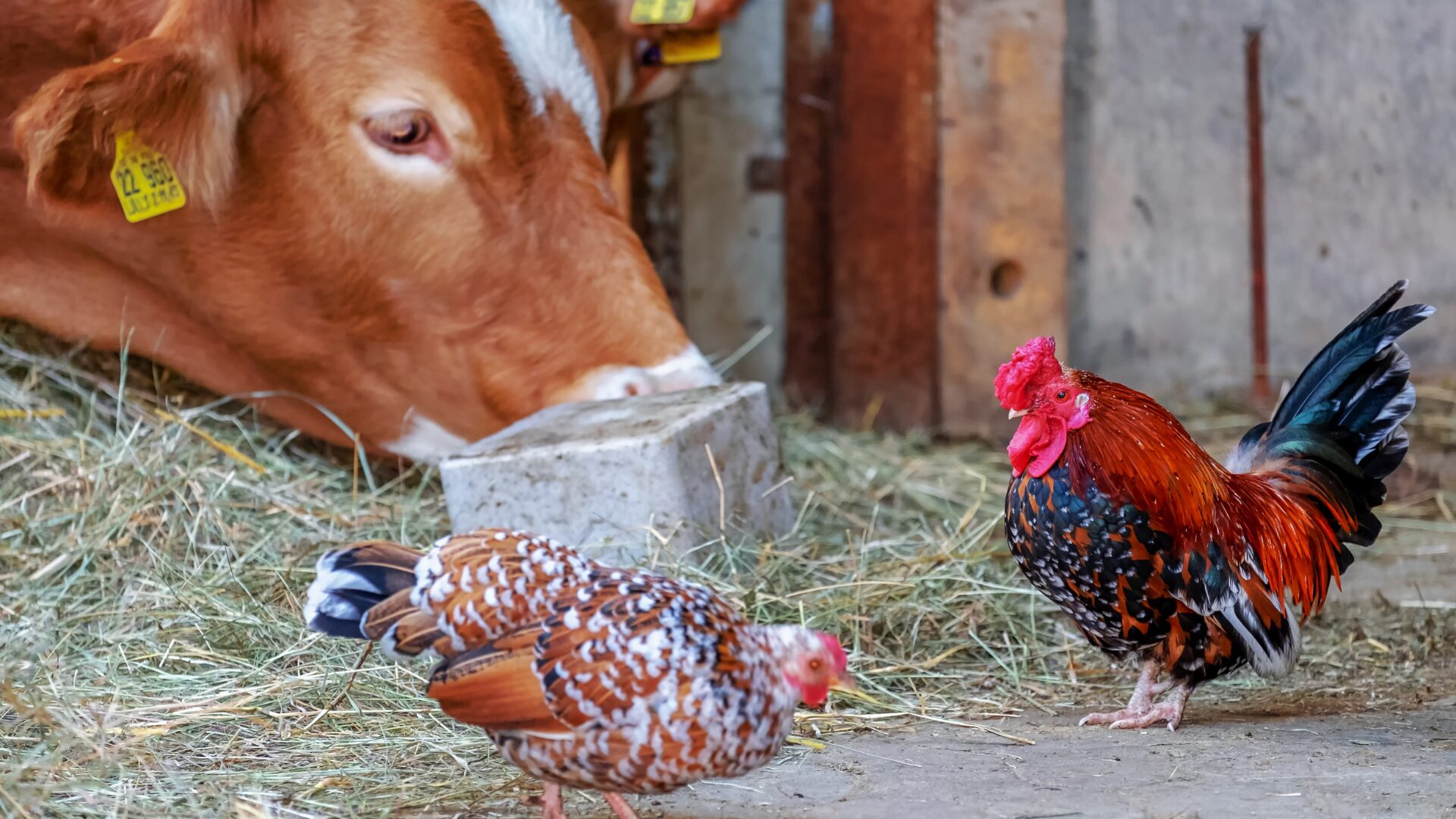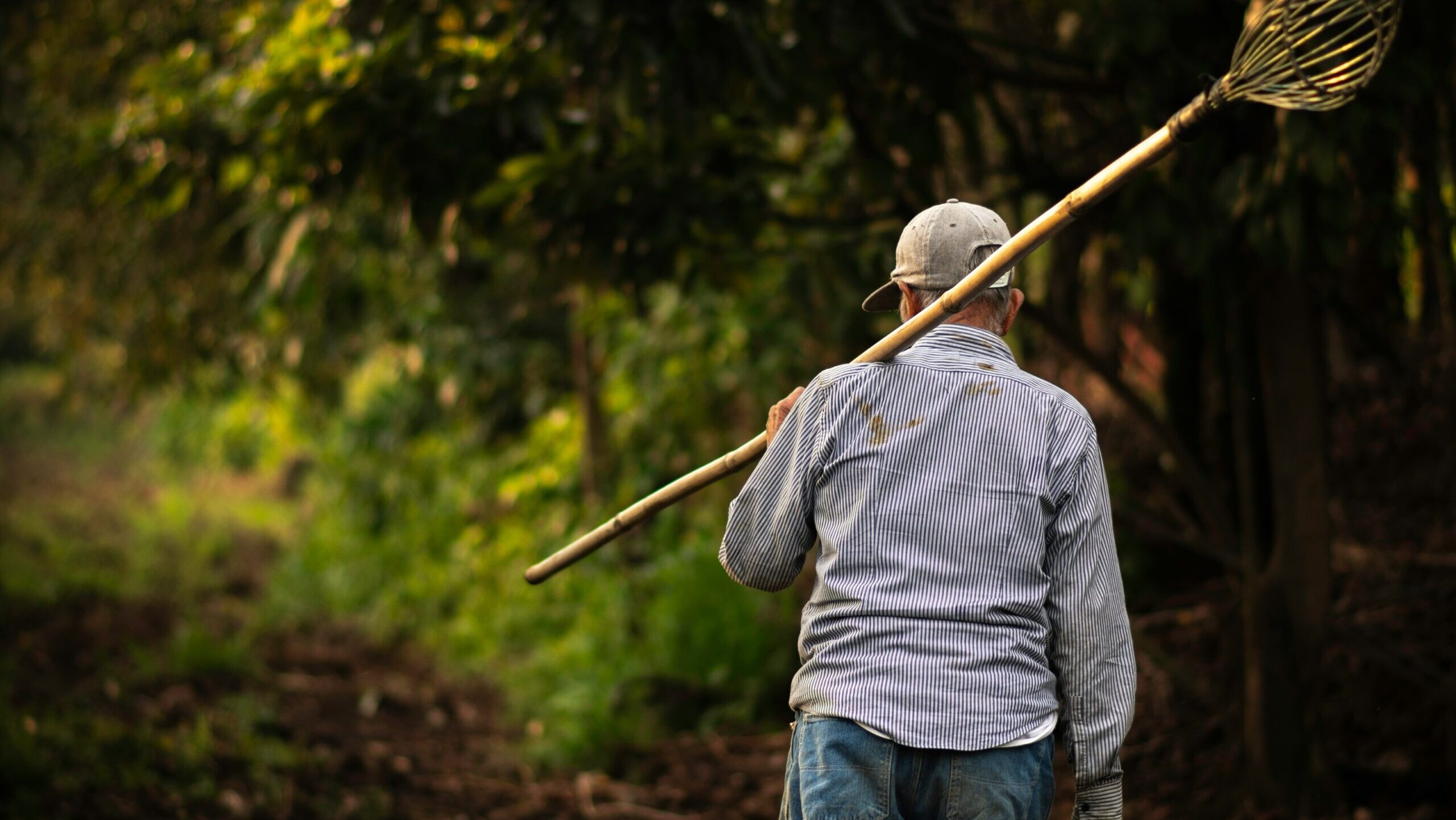Poultry growers have been advised to double down on biosecurity and sanitation practices with reports of further avian influenza infections in both commercial and non-commercial flocks, as well as wild birds, in the Northeast and Midwest.
In the last 10 days, USDA confirmed infection in a non-commercial flock on Long Island, New York. The agency also confirmed infection in a non-commercial flock in Maine. There were reports of infection in wild birds in New Hampshire and Kentucky. Three additional poultry flocks in Indiana also are suspected, WTHR-TV, Indianapolis, reported (Feb. 20).
The bird flu outbreak could put a strain on poultry and egg supplies in the U.S., sending prices soaring amid already increasing inflation, as commercial flocks are culled to stem the spread of the virus. So far, at least 100,000 turkeys have been culled from Indiana flocks, WTHR said, with surveillance being increased throughout the state.
“Once birds start dying, the entire flock is lost,” Scott Kenney of the Ohio State University Extension Service told The Food Institute.
PUBLIC AWARENESS ENCOURAGED
The USDA Animal and Plant Health Inspection Service said the presence of highly pathogenic avian influenza – i.e. HPAI, or bird flu – so far has not been reported in humans, presenting no immediate public health concern.
The agency cautioned, however, consumers should adhere to proper cooking instructions to kill all bacteria and viruses.
Senate Majority Leader Chuck Schumer, D-N.Y., issued a plea over the weekend for a public awareness campaign to spotlight the seriousness of the disease.
“Bird flu can be very serious. The watchword is we have to nip this in the bud,” the senator told reporters. “We need early vigilance right away.”
PREVENTATIVE MEASURES
The outbreaks come as wild birds begin their annual migration north from the Gulf of Mexico, threatening to spread infection further.
“Companies need to train personnel to recognize health issues in the flocks and report them immediately to the veterinarian in charge, such as decrease water consumption, the presence of sick birds or a sudden increase in mortality,” said Clinical Professor Alejandro Banda, of Mississippi State University’s Veterinary Research and Diagnostic Laboratory.
Kenney said companies need to limit employee trips into infected areas and make sure those employees who do go into areas housing healthy birds have not been exposed to the virus elsewhere, such as “bird hunting, even walks around lakes inhabited by ducks and geese.” They also should limit access to stock by “nuisance birds like sparrows.” Nests also should be shielded from air intakes to reduce potential introduction of the virus.
Andrew deCoriolis, executive director of Farm Forward, which opposes factory farms, said as long as genetically uniform animals are housed indoors by the tens of thousands, disease will spread easily and pose the threat of even more serious pathogenic mutations.
“The best way to prevent the spread of highly pathogenic diseases is to prevent them from appearing in the first place, and the most obvious way to do that is by doing away with factory farms. Even the best preventative measures are only effective most of the time. Instead of asking how factory farms can prevent infections that originate in the environment, we should be asking how we can prevent infections that originate on factory farms,” deCoriolis said.


